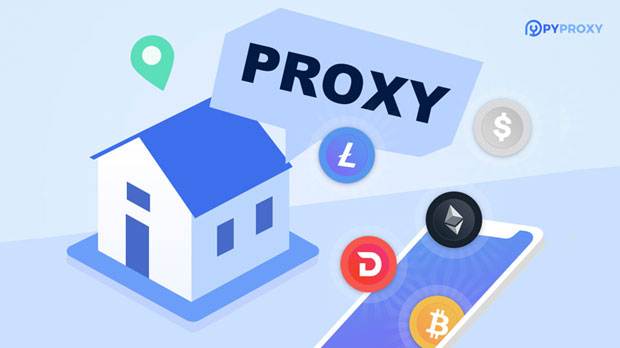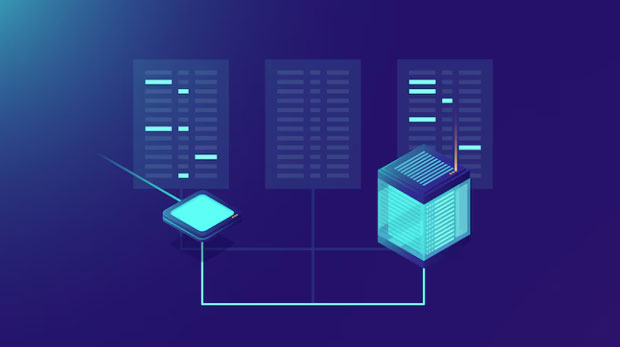When choosing a proxy service, one of the most important factors to consider is the access speed, which can vary greatly depending on geographic location. Two popular proxy services, PYPROXY and 4EverProxy, offer different performance levels across the globe. The differences in access speed between these two services are essential for users who rely on fast, reliable internet connections for activities such as streaming, browsing, or data scraping. This article will delve into the access speed differences between PyProxy and 4EverProxy across different regions, analyzing factors such as server locations, infrastructure quality, and network optimization techniques. Understanding these differences will help users make informed decisions based on their specific needs and geographical location. Introduction: Importance of Access Speed in Proxy ServicesAccess speed is a key component when selecting a proxy service. Proxies act as intermediaries between users and the internet, and their speed can be influenced by various factors, such as server locations, network congestion, and the service's overall infrastructure. For businesses or individuals who depend on uninterrupted internet access for tasks like browsing, content delivery, or market research, the quality of their proxy connection can significantly impact their productivity and efficiency. This is why comparing the access speeds of different proxy services, like PyProxy and 4EverProxy, is vital for users seeking an optimal proxy solution that ensures fast and reliable service worldwide.Regional Access Speed Differences: PyProxy vs 4EverProxyThe performance of proxy services like PyProxy and 4EverProxy can vary across different global regions. This difference is primarily attributed to the distribution of their server networks and the local infrastructure in each area. In this section, we will analyze how both proxy services perform in key regions such as North America, Europe, Asia, and Australia.North America: Performance AnalysisIn North America, both PyProxy and 4EverProxy offer relatively high speeds due to their extensive server networks and well-developed internet infrastructure. However, PyProxy tends to perform slightly better in terms of consistency and latency, primarily because of its strategically placed data centers in major metropolitan areas. This allows users to enjoy minimal connection delays.On the other hand, 4EverProxy has a larger number of servers distributed across the continent, which ensures better load balancing, particularly during peak usage times. However, despite the higher number of servers, 4EverProxy may experience occasional latency spikes in certain areas due to congestion or routing inefficiencies.Europe: Access Speed and Network PerformanceIn Europe, the access speeds of both proxy services are generally fast. PyProxy's performance is outstanding in Western European countries, where its high-speed servers are well-optimized for both local and international traffic. The performance in Central and Eastern Europe, however, can be less reliable, with some users experiencing slight latency issues.4EverProxy, in contrast, provides good performance across both Western and Eastern Europe, thanks to its more distributed network of servers. While the speeds in Western Europe are comparable to PyProxy's, 4EverProxy stands out in regions like Eastern Europe, where PyProxy's coverage is somewhat limited. Users in these regions may notice a smoother browsing experience with 4EverProxy.Asia: Latency and Network CongestionIn Asia, access speed is highly influenced by the distance between the user and the proxy server, as well as the quality of local internet infrastructure. PyProxy performs exceptionally well in countries with well-established internet infrastructure, such as Japan, South Korea, and Singapore. The proxy service maintains low latency and high-speed connections due to the proximity of its servers.However, in countries like India, Pakistan, or other Southeast Asian nations, PyProxy's performance can degrade due to network congestion and fewer server locations. 4EverProxy compensates for this with a broader server coverage across the continent, offering more stable connections in regions where PyProxy struggles.Australia: Speed Variations and Performance ChallengesAustralia presents a unique challenge due to its geographical isolation from other major internet hubs. Both PyProxy and 4EverProxy have made efforts to enhance their performance in this region, but users often experience higher latency due to the distance between servers and end-users. In general, 4EverProxy has a slight edge over PyProxy, as it has more servers in Australia, which helps reduce latency and offer more reliable connections for users in cities like Sydney and Melbourne.PyProxy, while providing decent speeds in major cities, may encounter more significant performance drops in remote areas or during peak hours. The lack of servers outside of urban regions can impact users seeking uninterrupted service in more rural parts of Australia.Server Infrastructure: Key to Access SpeedThe quality and distribution of a proxy service's server network play a critical role in determining its access speed. PyProxy focuses on deploying high-speed, low-latency servers in strategic locations across major markets, allowing it to provide faster, more stable connections to users in North America and Europe. However, the service's reach in more remote or less-populated areas is limited, which can result in performance inconsistencies.4EverProxy, by contrast, prioritizes a broader server network with more coverage across various regions, including emerging markets like Eastern Europe, South Asia, and Southeast Asia. While this broader network enhances global accessibility, it sometimes results in occasional slowdowns or congestion in densely populated areas.Network Optimization Techniques: Improving SpeedBoth PyProxy and 4EverProxy employ various network optimization techniques to ensure high-speed connections. PyProxy utilizes advanced caching mechanisms and efficient routing protocols to minimize latency. Its server infrastructure is regularly updated to handle increasing demand and maintain fast connections across its primary regions.4EverProxy, on the other hand, focuses heavily on load balancing and real-time traffic management, which helps distribute the load evenly across its servers. This reduces the chances of congestion and ensures consistent speeds even during peak usage hours.Conclusion: Choosing the Right Proxy for Your NeedsWhen deciding between PyProxy and 4EverProxy, the best choice depends on the user's geographical location and specific needs. PyProxy is ideal for users in North America, Western Europe, and some parts of Asia who require high-speed, low-latency connections. However, 4EverProxy excels in offering wider global coverage, particularly in regions like Eastern Europe, Southeast Asia, and Australia, where it can provide more stable connections.Ultimately, users should weigh factors like server locations, network infrastructure, and regional performance when selecting a proxy service. By considering these aspects, users can choose the service that best suits their needs, ensuring fast, reliable access no matter where they are in the world.
Oct 21, 2025


































































